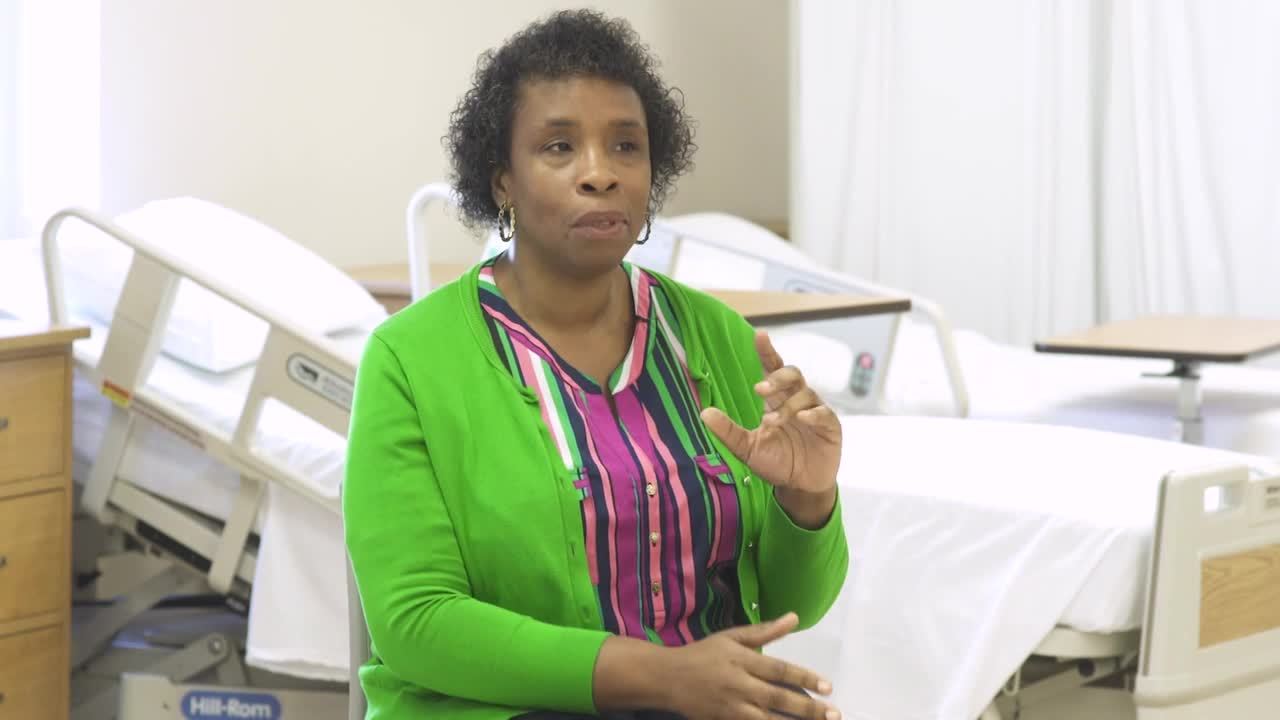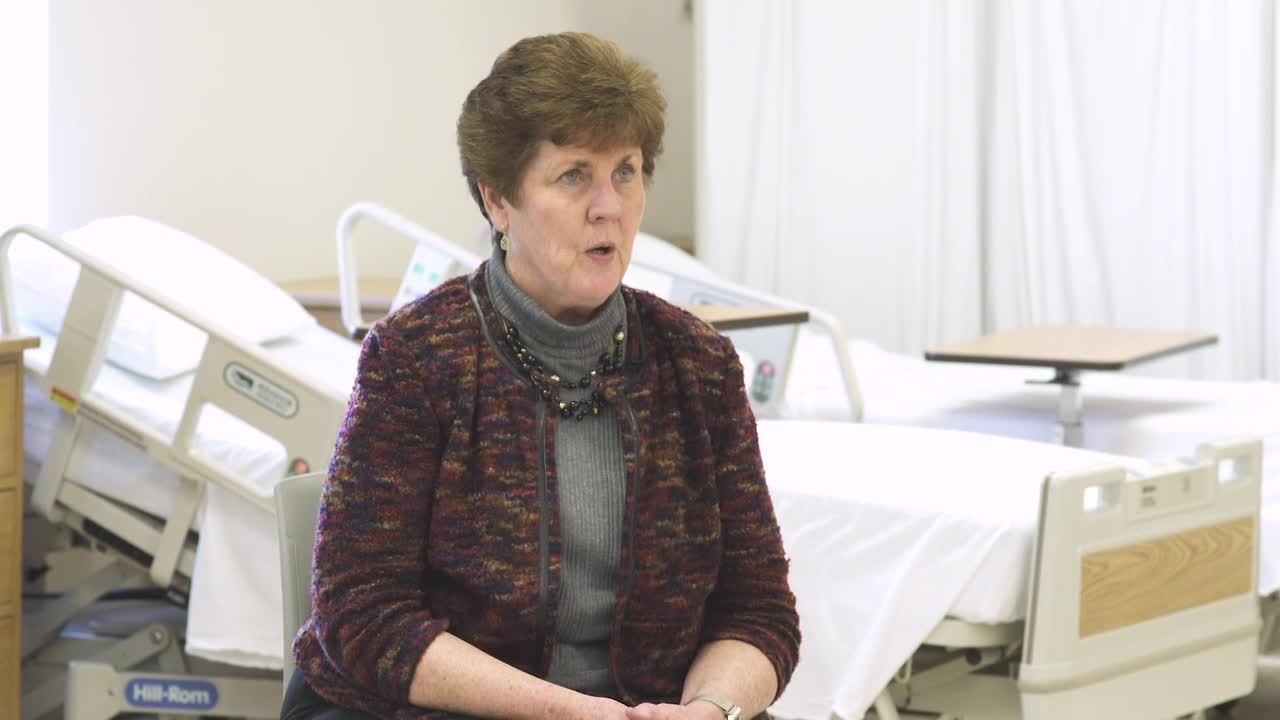
At-A-Glance Facts
Organization:
La Salle University, located in Philadelphia, offers a Baccalaureate and Master’s program in nursing. Both programs are accredited by The Commission on Collegiate Nursing Education.
Details:
When La Salle University’s nursing program experienced a third consecutive year of declining NCLEX first-time pass rates, the faculty developed an NCLEX-RN Success Plan with evidence-based strategies that resulted in a 32% increase over four years.
“Don’t reinvent the wheel.”
That is what La Salle University nursing faculty kept in mind as they created a success plan to increase their struggling NCLEX pass rate.
With more stringent requirements being set forth by the Pennsylvania Boards of Nursing (PA BON), La Salle struggled to keep up. In 2009, the PA BON increased the required minimum first-time NCLEX pass rate from 60% to 70%, and then again in 2010 to 80%.
La Salle’s pass rate slipped to 76.76% in 2011-2012, 71.26% in 2012-2013, and 64.86% in 2013-2014. These declines led to sanctions from the PA BON, concerns of maintaining accreditation, and decreased enrollment. Needless to say, an intervention was necessary to get the program back on track to success.

La Salle Nursing Faculty’s Improved Use of HESI
Dean of Nursing, Kathy Czekanski, PhD, RN, CNE, knew changes had to be made to the program, but was confident in the tools currently available to them.
“We knew we had the resources of the HESI products, but we weren’t using them to the best capability,” Czekanski said.
To combat this crisis moment, Czekanski and other faculty members, including tutor and retention coordinator, Sharon Mingo, MSN, RN, developed a NCLEX-RN Success Plan to address the student, curricular, and faculty factors impacting the decrease in pass rates.
For student policies, the plan called for more stringent academic requirements, including a higher SAT score for admission, increased course passing grade, HESI exams accounting for 10% of course grades, and a required HESI Exit Exam score of 850.
“We had been using the HESI product in our curriculum; however, we weren’t setting the 850 benchmark that is recommended,” Czekanski said. “We were using 750 and we were also having students take the [HESI Specialty Exams] within their courses and they were only given bonus points if they achieved the benchmark we set. So, what we were seeing was students weren’t taking the exam seriously.”
Once HESI Specialty Exam scores began counting as 10% of students’ course grades and the benchmark score of the HESI RN Exit Exam increased to 850, faculty immediately saw students take the exam more seriously, Czekanski said.
Additionally, the curriculum underwent several changes, including increased use of simulation to promote clinical learning, course content mapped to the NCLEX-RN test plan, implementation of a testing policy, and the hiring of Mingo as the tutor and retention coordinator.
After implementing the success plan, the program’s pass rate rose to 87.66% in 2016, 94.29% in 2017, and 96.94% for the spring semester of 2018.
Optimizing Use of HESI and EAQ

Program’s Success with HESI & EAQ
Czekanski explained that by changing how they use HESI, it allows faculty to monitor student performance and have earlier interventions for at-risk students. This gives more time to assign remediation to students, so they can begin preparing for HESI — rather than waiting until the end of the program when it is too late. Elsevier Adaptive Quizzing (EAQ) plays an important role in La Salle’s remediation policy and providing practice opportunities for students that will mimic what they see on HESI.
“Using those products to the best capability has been extremely helpful for us,” Czekanski said.
Using HESI Reports to Identify Student Weaknesses

Using HESI Specialty Exam Reports
Czekanski credits a lot of La Salle’s success in improving the NCLEX pass rate to Mingo’s hard work in helping students succeed through remediation.
One strategy Mingo uses in her role as tutor and retention coordinator is reviewing students’ HESI Exam reports. She said she looks at a student’s report and identifies the areas of weakness that student needs to focus their remediation on and assigns related EAQ items and HESI Case Studies.
“For each Specialty [Exam], we try to do that and work with the course faculty to get the students to buy in to remediation, because that’s for their success at the end,” Mingo said.
EAQ for Early Intervention

Using EAQ for Early Intervention
Before Mingo began using EAQ, she explained that she spent a lot of time making her own questions or researching online for questions to give students for remediation.
“One of the things Kathy frequently says to me is, ‘Don’t reinvent the wheel,’” Mingo said. “EAQ — and having the case studies there — allows me to really help the students use the resources that they have and that they need to use in order to be successful.”
Mingo hosts support sessions for graduated students preparing for the NCLEX, as well as remediation sessions for enrolled students preparing for HESI. During both sessions, she pulls up EAQ to create an active learning environment.
“They [students] find that it’s student-friendly,” Mingo said. “It’s not something that is cumbersome, and once they figure out how to use it and the importance of using it, then we see not only changes with HESI scores but also course grades.”
Strengthening the Curriculum Through HESI

How HESI Reports allow Faculty to Strengthen Curriculum
Another important responsibility of Mingo’s role is analyzing the HESI Exit Exam summary reports to see how the program compares to the national mean, and addressing any areas below that mean with the respective faculty members.
For example, Mingo said there were questions related to reproduction that La Salle scored well below the national average.
“When I went back to the Fundamentals faculty, nobody was covering it,” Mingo said. “Now, it’s great because we’re seeing an increase there because I looked at that report and I was able to convey that information to that faculty member.”
“Think Basic”

When looking at HESI Specialty Exam reports, Mingo explained the core of the test is fundamentals and examining entry-level knowledge.
“In our program, students are taking a complex Med-Surg course, so they’re all thinking critical care,” Mingo said. “Here, this test is looking at entry-level information. When we look at the HESI reports, we’re seeing fundamentals, fundamentals, fundamentals. That was the primary reason why most of our students weren’t meeting the benchmark.”
This insight sparked Mingo’s idea to create bracelets for the students that say “think basic” — as it relates to testing, not to nursing practice.
“When they [students] take the HESI, it’s a reminder that you need to start thinking fundamentals because they had fundamentals so early in the program,” Mingo said. “They have forgotten those basic skills that they need to be successful on this HESI Exit Exam.”
Using Data to Drive Evidence-Based Decisions

Using Data for Evidence-Based Decisions
Czekanski’s final piece of advice to programs like La Salle is to be sure to use the data available to guide decisions.
At La Salle, one example was that the HESI report was showing students were weak in evaluation. The faculty realized they were spending a lot of time on pathophysiology, which prevented them from getting through the entire nursing process. In the new curriculum, they added a pathophysiology course which has helped allow time for the rest of the nursing process.
“Look at the evidence that you have and come up with decisions,” Czekanski said. “The literature was very helpful to us to see what other folks are doing. It took time and that’s why it took us several years to get our pass rates to where they are, but we know that we were making the right decisions and not rash decisions.”